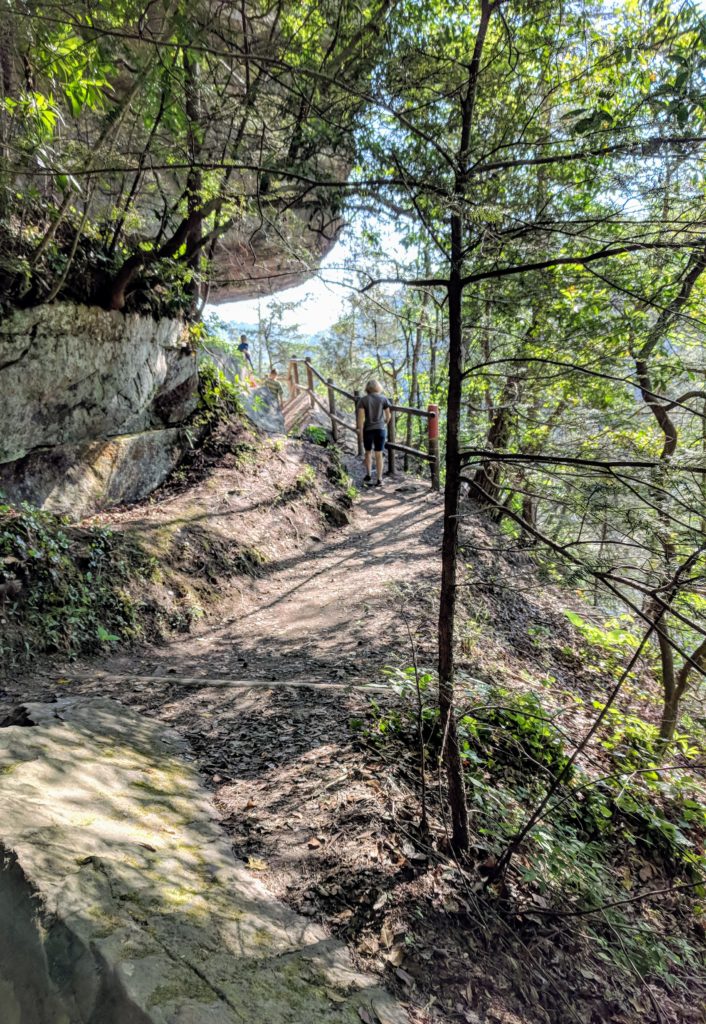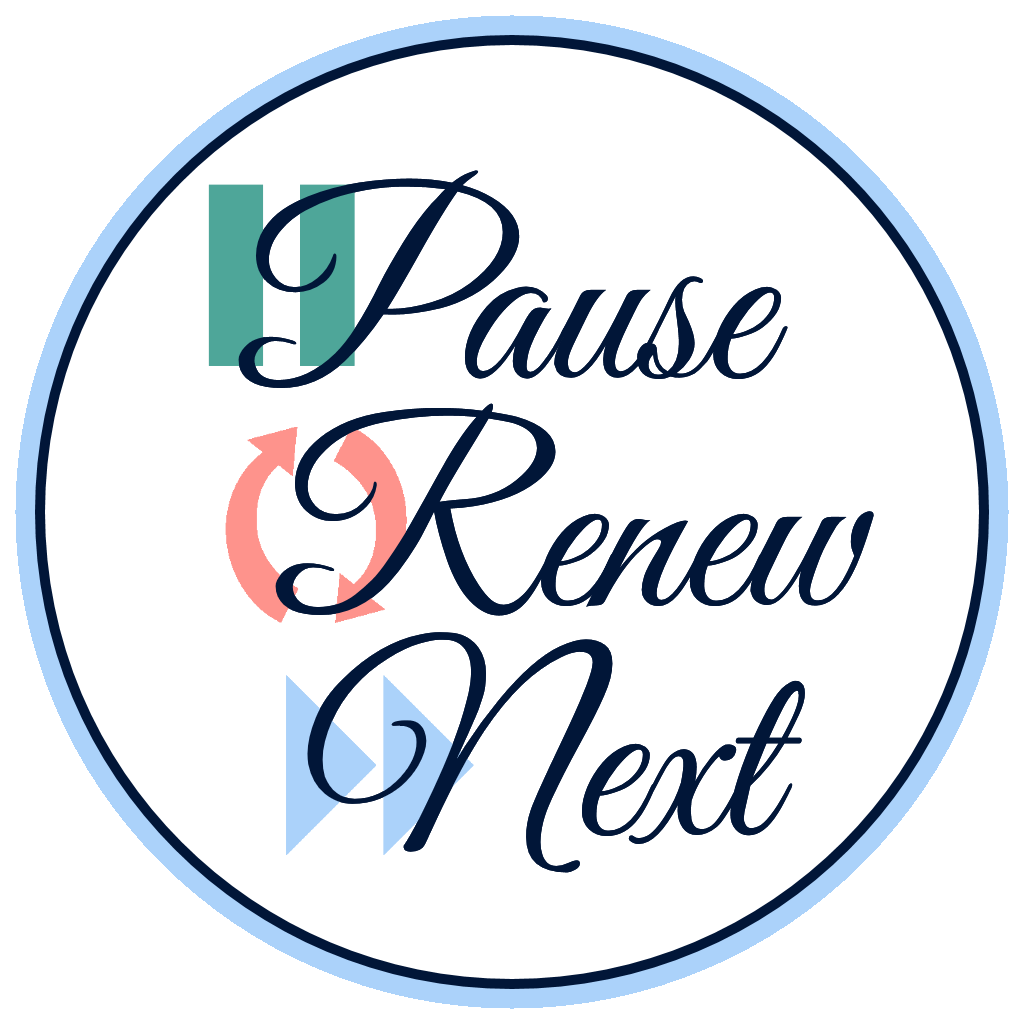Last summer, I attended a training seminar that included a yoga breakout session. The yoga instructor asked each member of the audience to choose a phrase or “intention” to meditate on as we participated in the yoga exercises. One of the example intentions she offered was “healing is not linear.”

I’m sure this was not an original phrase, but it was new to me. Immediately, I latched onto the phrase, mulling it about in my mind – “healing is not linear.” In other words, healing does not follow a straight path. It is not accomplished in a series of pre-assigned steps. It is not a 45 degree climb straight from injury to health or from trauma to recovery. Healing is often much more complicated than that. In fact, it more predictably looks like a game of Mother May I – two steps forward, one step back, one giant leap forward, three baby steps back, one bunny hop forward…. you get the idea.
In the book, How to Help Your Teenager Beat an Eating Disorder, authors Locke and Le Grange liken the recovery process to hiking up a sand dune. They advocate working hard, not stopping or counting the victory until reaching the top of the hill. This is a word picture that I find myself often using with clients who are in the midst of a healing journey. When walking up a sand dune, it is not wise to set up camp partway up the hill. Soon, you will find yourself sliding back down, losing traction against gravity. No, it is a long, hard, zig zag pattern of a journey, over many ridges, to reach the pinnacle of recovery.

Healing may even include different supporters along the journey. Maybe you started out with one group of supporters, but along the way, you picked up new cheerleaders. Maybe you found a mentor, an encourager, someone who just “got you,” that helped you over ridges along your path to healing. Just like physical therapy is a painful, but necessary part of a post-surgery recovery, so is a loyal friend who is willing to encourage accountability on a path of healing in our lives.
Perhaps your own healing has not come in the way or in the timing that you had hoped. Possibly, you expected that your healing path (physical, mental, emotional or spiritual) would come more easily. Maybe you’ve found yourself discouraged at the amount of time it’s taken, the prognosis given, or your own inability to “move forward.” Healing is not a destination. It doesn’t happen in a particular time frame. It’s a journey that requires grace and forgiveness, even of ourselves.
Pause: Take a deep breath and exhale. Read II Corinthians 4:16-18. What does this passage speak to you about healing? What are the promises presented in this passage? How does that change your perspective on affliction and healing?
Renew: Think about a time that you have been on a healing journey. What was that path like for you? How long did it take, and what were the elements that helped you along the way?
Next: Do you know someone who is currently healing either physically or emotionally? Think and pray about ways that you can encourage and show them support this week.
May we give ourselves grace as we allow ourselves and the others around us to heal.
Pause, Renew, Next!

I love this one too. Love that thought. Puts a new perspective on issues.
❤